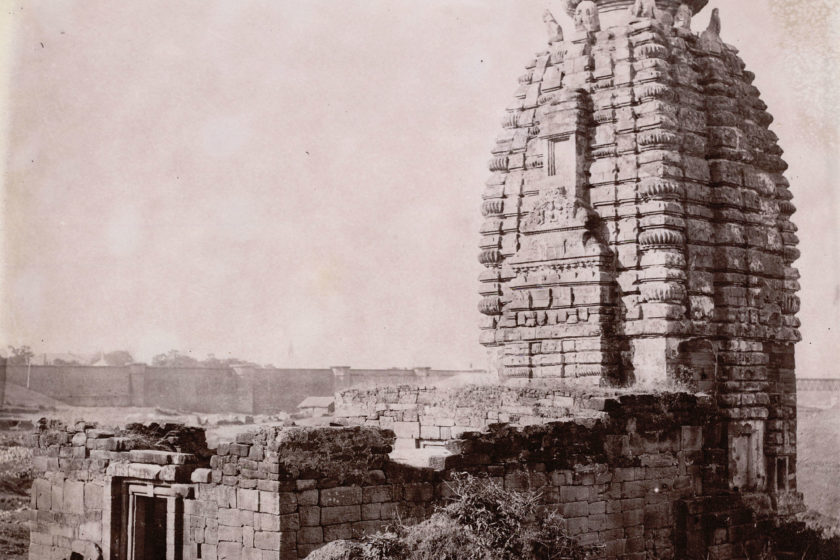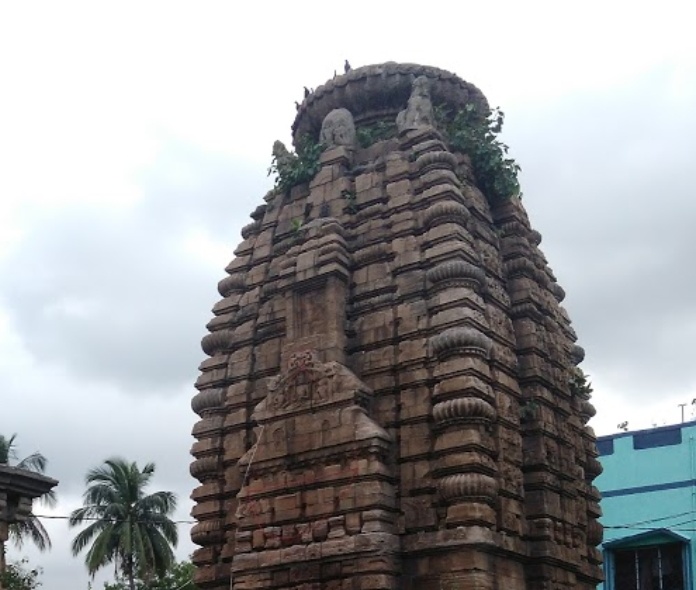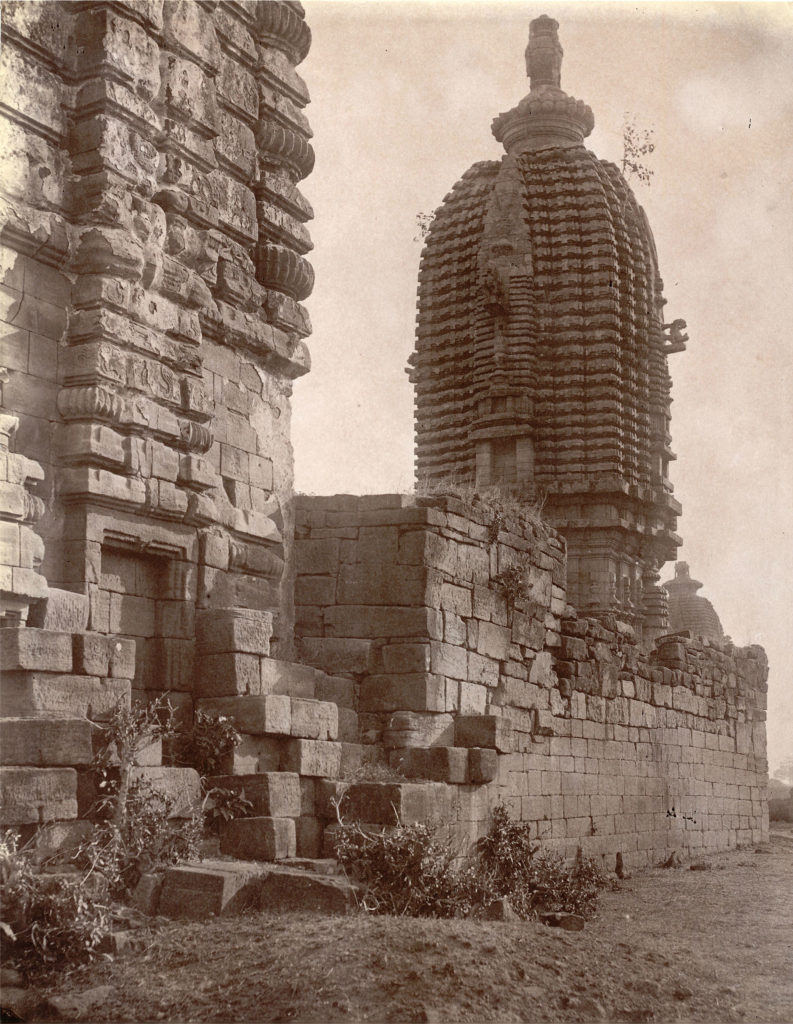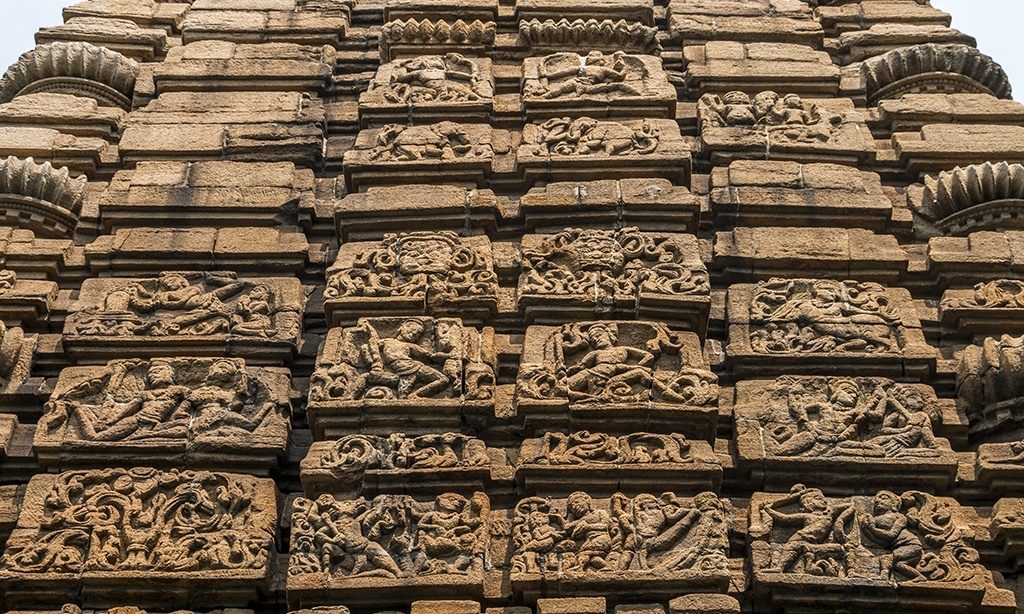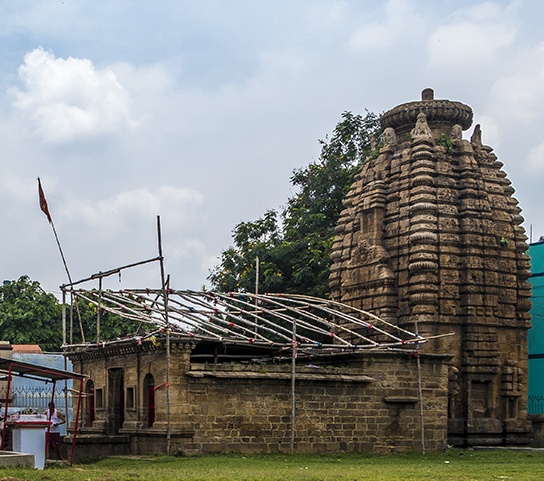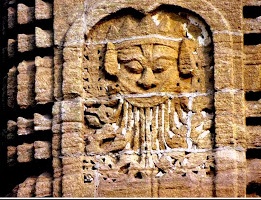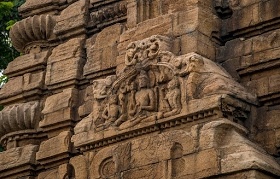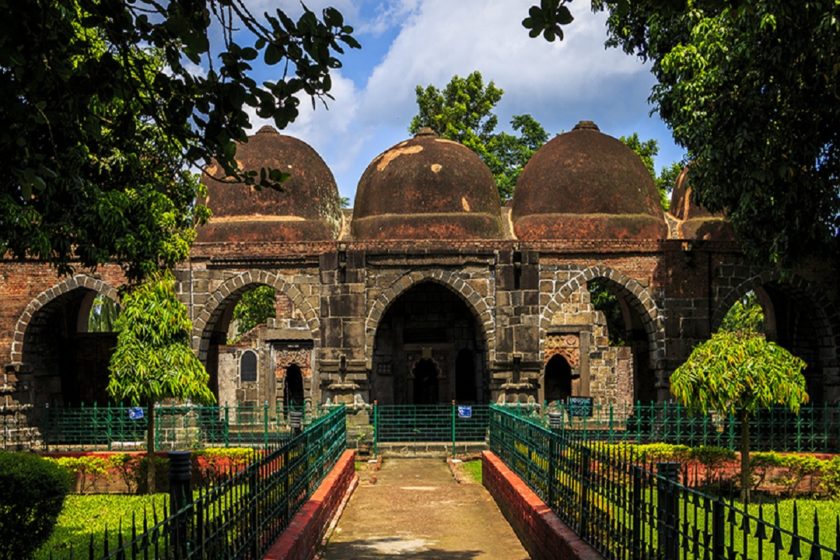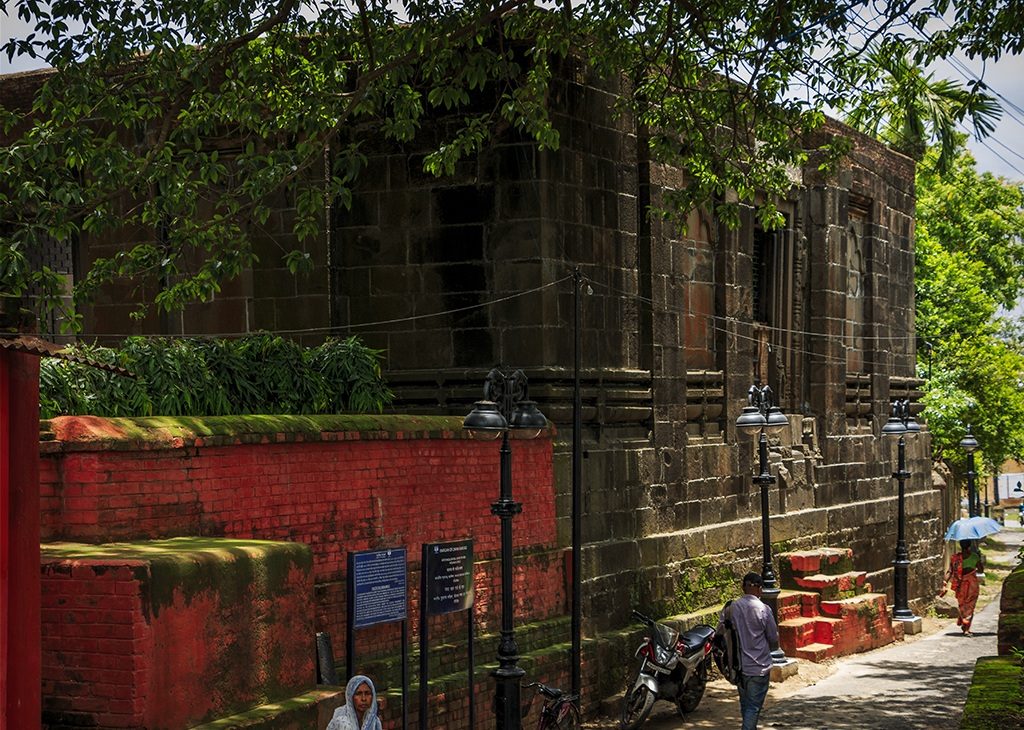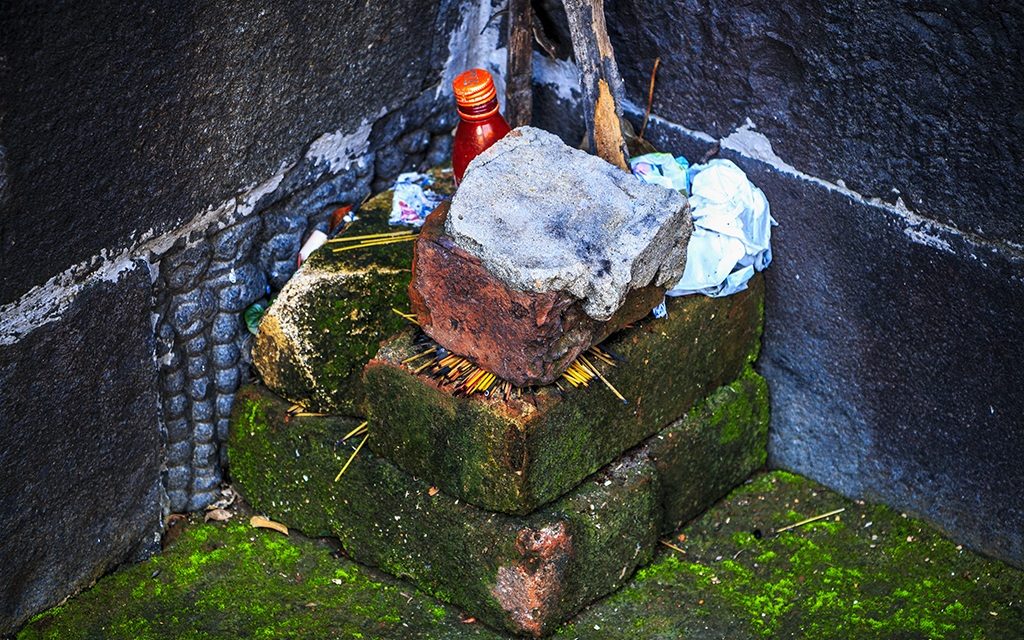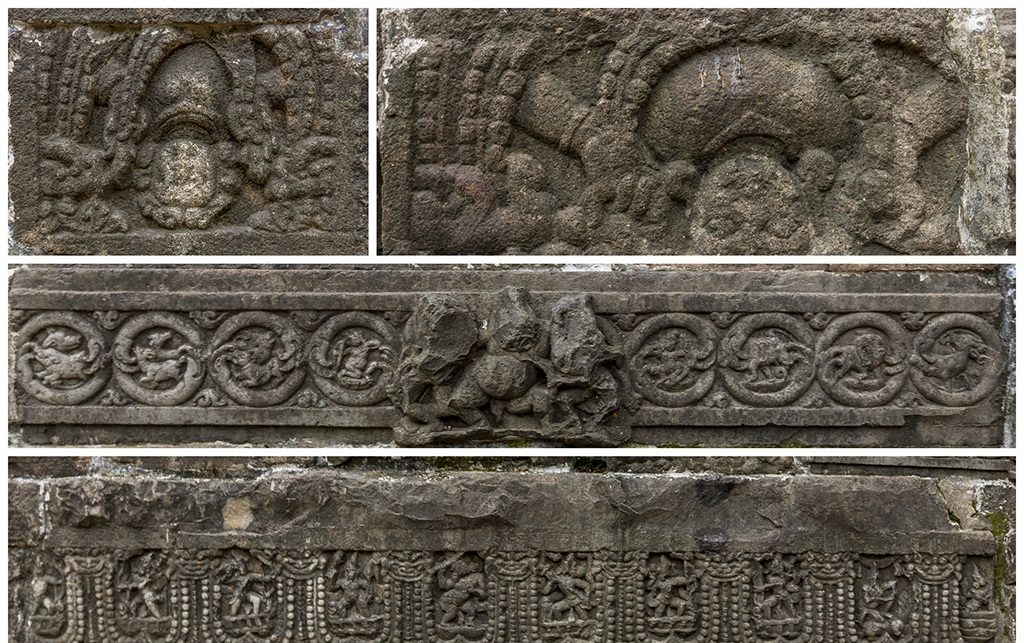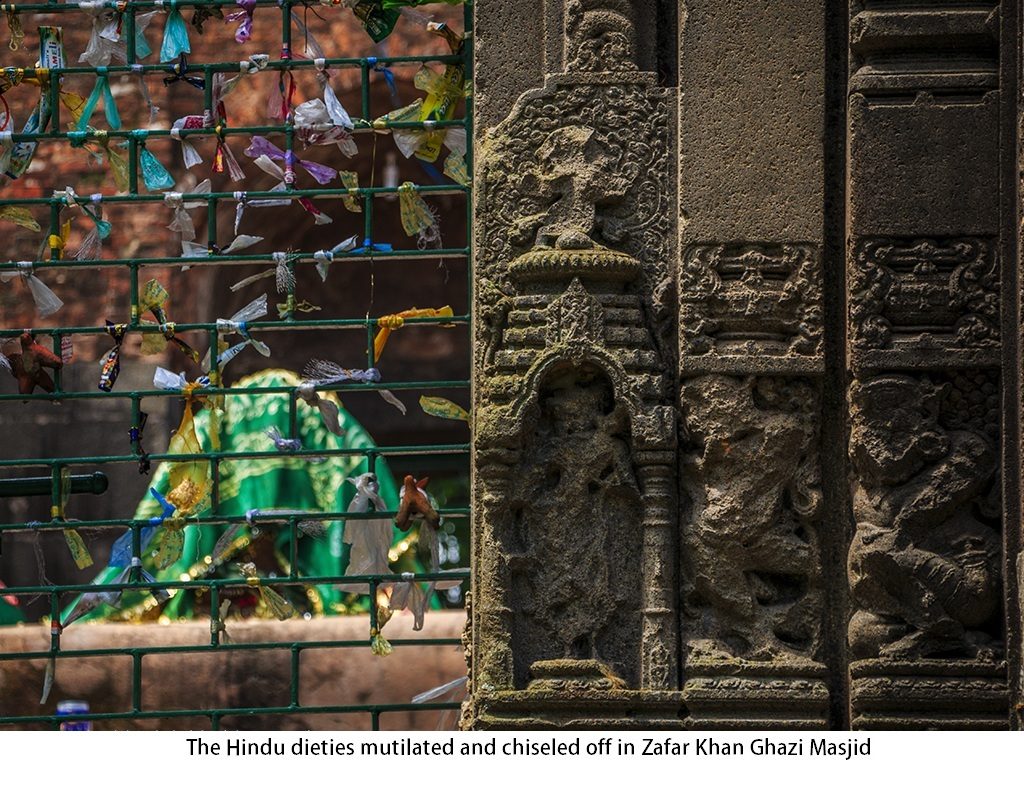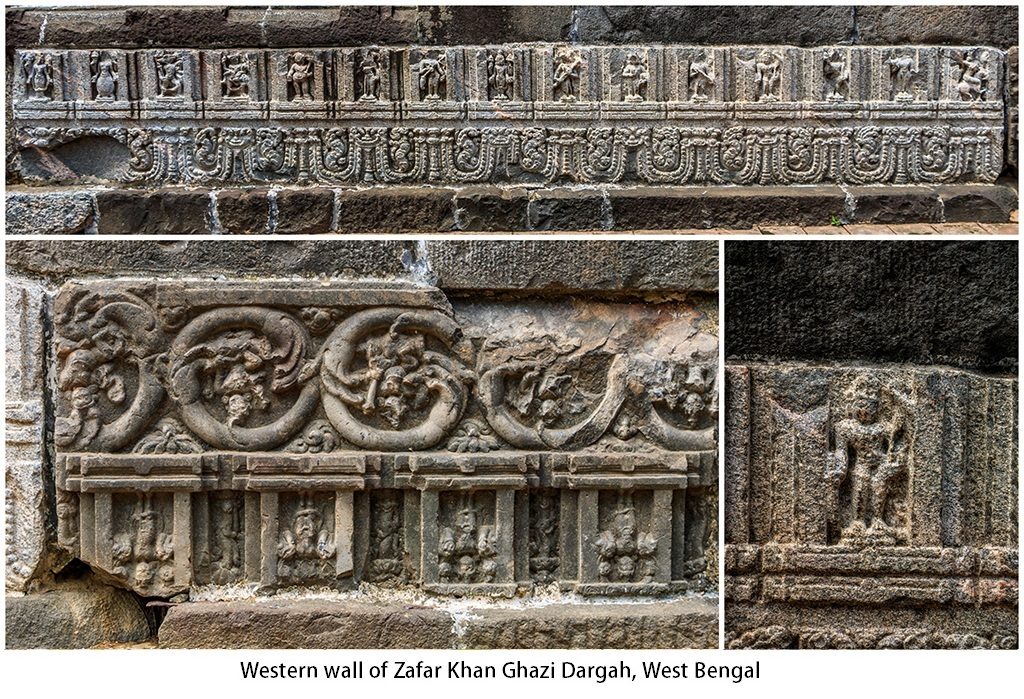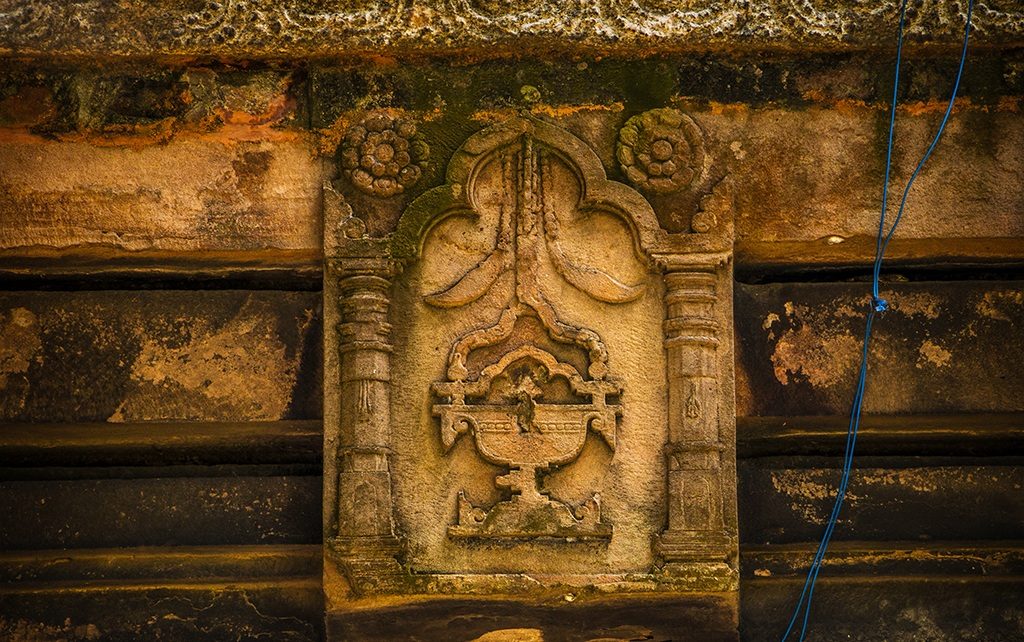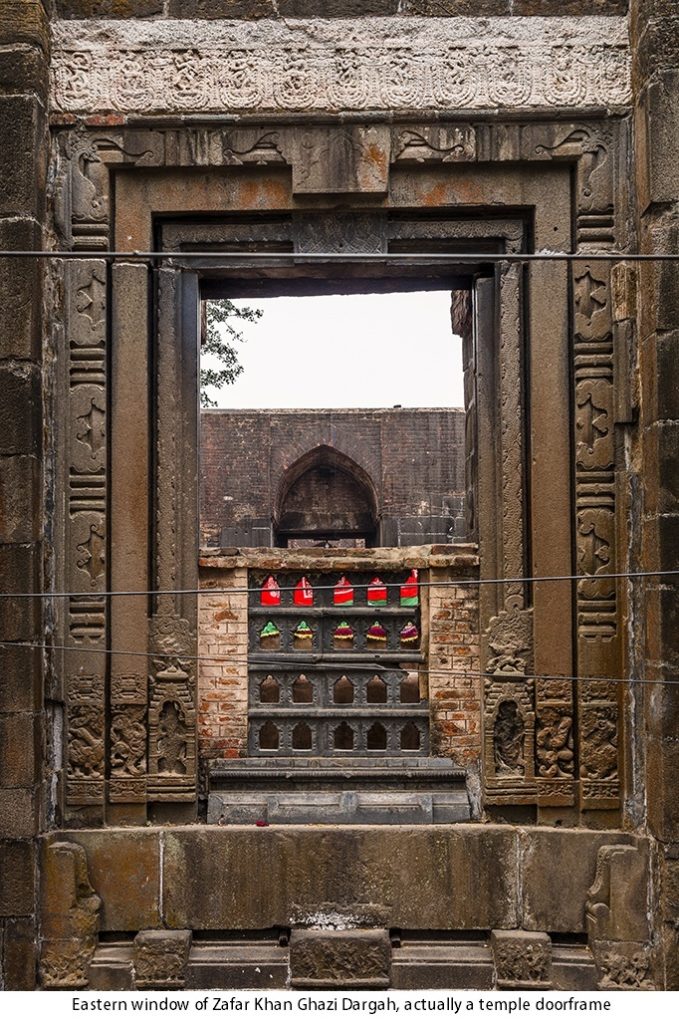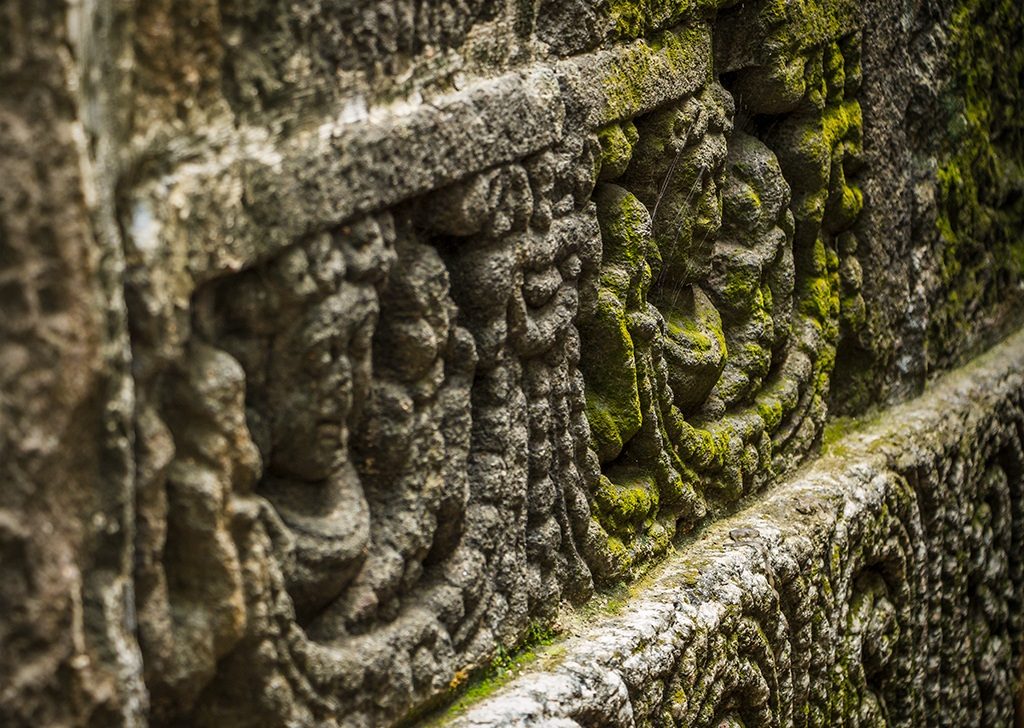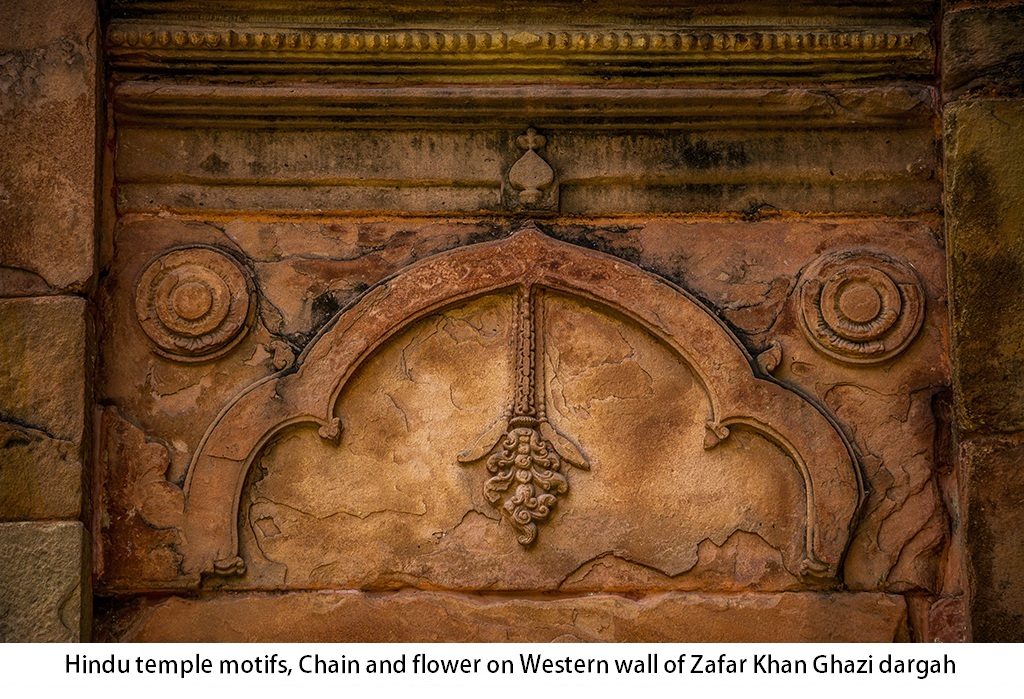Bengal
List of Masjids in Bengal which was built by destroying Hindu temples
LIST OF HINDU TEMPLES DESTROYED AND CONVERTED TO MOSQUES IN BENGAL BY MUSLIMS
We give below, state-wise and district-wise, the particulars of Muslim monuments which stand on the sites and/or have been built with the materials of Hindu temples, and which we wish to recall as witnesses to the role of Islam as a religion and the character of Muslim rule in medieval India. The list is the result of a preliminary survey. Many more Muslim monuments await examination. Local traditions which have so far been ignored or neglected, have to be tapped on a large scale.
We have tried our best to be exact in respect of locations, names and dates of the monuments mentioned. Even so, some mistakes and confusions may have remained. It is not unoften that different sources provide different dates and names for the same monument. Many Muslim saints are known by several names, which create confusion in identifying their mazars or dargahs. Some districts have been renamed or newly, created and a place which was earlier under one district may have been included in another. We shall be grateful to readers who point out these mistakes so that they can be corrected in our major study. This is only a brief summary.
Sita Ram Goel
It should be kept in mind that the list below doesn’t include all the temples destroyed by Muslims and which were converted to mosques. The below is the list of mosques and Dargahs where evidences exists of having been made after destroying the temples at these locations. In many mosques, Muslim rulers were able to eradicate all signs of temples, and hence not given in below list.
Anyone is free to visit the below list of mosques and see the remnants and materials of Hindu temples used in their construction. Archaeological Survey of India should conduct an excavation of below mosques to find out more about the ancient temples in these locations and possible mass graves around the mosque sites.
I. BANKURA DISTRICT
Lokpura
1. Mazar of Ghazi Ismail. Converted Venugopala temple.
II. BARISAL DISTRICT
Kasba
2. Masjid. Temple site.
III. BIRBHUM DISTRICT
Moregram
3. Mazar of Sayyid Baba. Temple materials used.
Patharchapuri
4. Maza of Data, or Mahbub Sahib. Temple site.
Rajnagar
5. Several Old Masjids. Temple sites.
Sakulipur
6. Jami Masjid. Temple site.
Siyan
7. Dargah of Makhdum Shah (1221). Materials of many temples used.
IV. BOGRA DISTRICT
Mahasthan
8. Dargah and Masjid of Shah Sultan Mahiswar. Stands on the ruins of a temple.
9. Majid on Siladevi Ghat. Temple materials used.
V. BURDWAN DISTRICT
Inchalabazar
10. Masjid (1703). Temple site.
Kasba
11. Raja, Masjid. Temple materials used.
Kalna
12. Dargah of Shah Majlis (1491-93). Temple site.
13. ShahI Masjid (1533). Temple site.
Mangalkot
14. Jami Masjid (1523-24). Temple site.
Raikha
15. Talab-wali Masjid. Temple site.
Suata
16. Dargah of Sayyid Shah Shahid Mahmud Bahmani. Buddhist Temple materials site.
17. Masjid (1502-02). Temple site.
VI. CALCUTTA DISTRICT
Bania Pukur
18. Masjid built for Alaud-Din Alaul Haqq (1342). Temple materials used.
VII. CHATGAON DISTRICT
19. Dargah of Badr Makhdum. Converted Buddhist Vihara.
VIII. DACCA DISTRICT
Dacca
20. Tomb of Bibi Pari. Temple materials used.
21. Saif Khan-ki-Masjid. Converted temple.
22. Churihatta Masjid. Temple materials used.
Narayanganj
23. Qadam Rasul Masjid. Temple site.
Rampal
24. Masjid. Converted temple.
25. Dargah of Baba. Adam Shahid (1308). Temple materials used.
Sonargaon
26. Old Masjid. Temple materials used.
IX. DINAJPUR DISTRICT
Basu-Bihar
27. Two Masjids. On the ruins of a Buddhist Vihara.
Devatala
28. Dargah of Shykh Jalalud-Din Tabrizi, Suhrawardiyyia sufi credited in Muslim histories with the destruction of many, temples. Temple site.
29. Jami Masjid (1463). Vishnu Temple site.
Devikot
30. Dargah and Masjid of Pir Ataullah Shah (1203). Temple materials used.
31. Dargah of Shah Bukhari. Temple materials used.
32. Dargah of Pir Bahaud-Din. Temple materials used.
33. Dargah of Shah Sultan Pir. Temple materials used.
Mahisantosh
34. Dargah and Masjid. On the site of a big Vishnu Temple.
Nekmard
35. Mazar of Nekmard Shah. Temple site.
X. FARIDPUR DISTRICT
Faridpzir
36. Mazar of Farid Shah. Temple site.
XI. HOOGHLY DISTRICT
Jangipura
37. Mazar of Shahid Ghazi. Temple materials used.
Pandua
38. Masjid. Temple materials used.
39. Mazar of Shah Safiud-Din. Temple site.
40. Fath Minar. Temple materials used.
Santoshpur
41. Masjid near Molla Pukur (153-310). Temple site.
Satgaon
42. Jami Masjid. Temple materials used.
Tribeni
43. Zafar Khan-ki-Masjid (1298). Temple materials used.
44. Dargah of Zafar Khan. Temple materials used.
45. Masjid (1459). Temple site.
XII. HOWRAH DISTRICT
Jangalvilas
46. Pir Sahib-ki-Masjid. Converted temple.
XIII. KHULNA DISTRICT
Masjidkur
47. Shat Gumbaz. Temple materials used.
48. Mazar of Khanja Ali or Khan Jahan. Temple site.
Salkhira
49. Dargah of Mai Champa. Temple materials used.
XIV. MALDA DISTRICT
Gangarampur
50. Dargah of Shah Ata. Siva Temple site.
51. Masjid on the river bank (1249). Temple site.
Gaur
Muslim city built on the site and with the ruins of LakshmaNavati, Hindu capital destroyed by the Muslims at the end of the twelfth century A.D. Temple materials have been used in the following monuments:
52. Chhoti Sona Masjid.
53. Qadam Rasul Masjid (1530)
54. Tantipara Masjid (1480)
55. Lattan Masjid (1475)
56. Badi Sona Masjid (1526)
57. Dargah of Makhadum Akhi Siraj Chishti, disciple of Nizamud-Din Awliya of Delhi (1347)
58. Darsbari or College of Theology.
59. Astana of Shah Niamatullah.
60. Chamkatti Masjid (1459).
61. Chikka Masjid.
62. Gunmant Masjid. Converted temple.
63. Dakhil Darwaza.
64. Kotwali Darwaza.
65. Firuz Minar.
66. Chandipur Darwaza.
67. Baraduari Masjid.
68. Lukachuri Masjid.
69. Gumti Darwaza.
Malda
70. Jami Masjid (1566). Temple materials used.
71. Sak Mohan Masjid (1427). Temple site.
Pandua
Another Muslim city built with the ruins of Lakshmanavati. Temple materials have been used in the following monuments.
72. Adina Masjid (1368)
73. Yaklakhi Masjid.
74. Chheh Hazari or Dargah of Nur Qutb-i-Alam (1415).
75. Bais Hazari or Khanqah of Jalalud-Din Tabrizi (1244).
76. Sona Masjid.
77. Barn-like Masjid.
78. Qadam Rasul.
XV. MIDNAPUR DISTRICT
Gagneswar
79. Karambera Garh Masjid (1509). Shiva Temple site.
Hijli
80. Masnad-i-Ala-ki-Masjid. Temple site.
Kesiari
81. Masjid (1622). Mahadeva Temple materials used.
Kharagpur
82. Mazar of Pir Lohani. Temple site.
XVI. MURSHIDABAD DISTRICT
Chuna Khali
83. Barbak-ki-Masjid. Temple site.
Murshidabad
Temple materials have been used in the following monuments:
84. Katra Masjid.
85. Motijhil Lake Embankments.
86. Sangi Dalan.
87. Mahal Sara.
88. Alivardi Khan-ki-Masjid.
89. Hazarduari Mahal.
Rangamati
90. Dargah on the Rakshasi Danga. Stands on the ruins of a Buddhist Vihara.
XVII. NOAKHALI DISTRICT
Begamganj
91. Bajra Masjid. Converted temple.
XVIII. PABNA DISTRICT
Balandu
92. Madrasa. Converted Buddhist Vihara.
XIX. RAJSHAHI DISTRICT
Bhaturia
93. Masjid. Shiva Temple materials used.
Kumarpura
94. Mazar of Mukarram Shah. Converted temple.
Kusumbha
95. Old Masjid (1490-93). Constructed entirely of temple materials.
XX. RANGPUR DISTRICT
Kamatpur
96. Bada Dargah of Shah Ismail Ghazi. Temple site.
97. Idgah on a mound one mile away. Temple materials used.
XXI. SYLHET DISTRICT
Baniyachung
98. Famous Masjid. Temple site.
Sylhet
99. Masjid of Shah Jalal. Temple site.
100. Mazars of Shah Jalal and many of his disciples. Temple sites.
XXII. 24-PARGANAS DISTRICT
Barasat
101. Mazar of Pir Ekdil Sahib. Temple site.
Berchampa
102. Dargah of Pir Gorachand. Temple site.
EVIDENCE IS AVAILABLE THAT IN BENGAL THE ABOVE MENTIONED MOSQUES AND DARGAHS WERE CONSTRUCTED BY DESTROYING HINDU TEMPLES. BUT IN MANY OTHER CASES MUSLIMS SUCCEEDED IN REMOVING ALL TRACES OF TEMPLES FROM THE MOSQUES. IN SUCH CASES ONLY AN EXCAVATION BY ASI WILL REVEAL THE DESTROYED TEMPLES.
WHILE MUSLIMS ASK FOR REBUILDING THE ILLEGAL MOSQUE IN AYODHYA, WHY SHOULD NOT HINDUS DEMAND THE RECONSTRUCTION OF THE DESTROYED TEMPLES IN INDIA?

